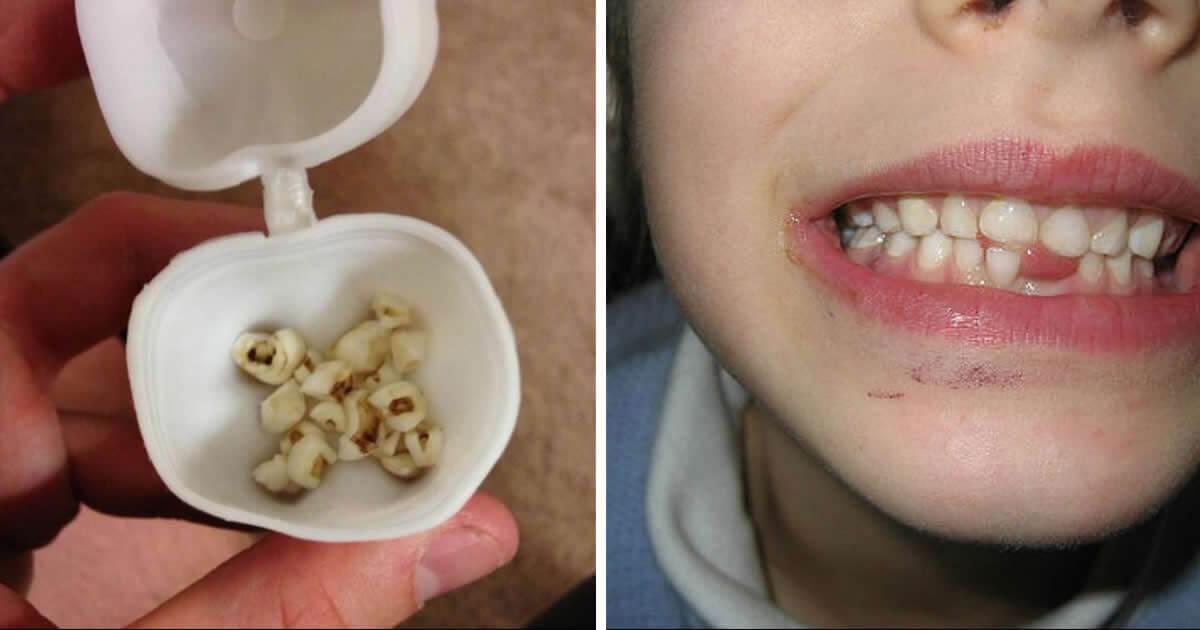
Por que guardar dente de leite? Veja o motivo que está conquistando pais
The milk teeth consist of incisors, canines, and premolars; molars come in later as part of the adult dentition and are not replaced. In most species, the main period of growth of the jaws takes place during the period when milk dentition is present. Continual growth of the skull and jaws makes precise occlusion difficult or impossible; teeth.
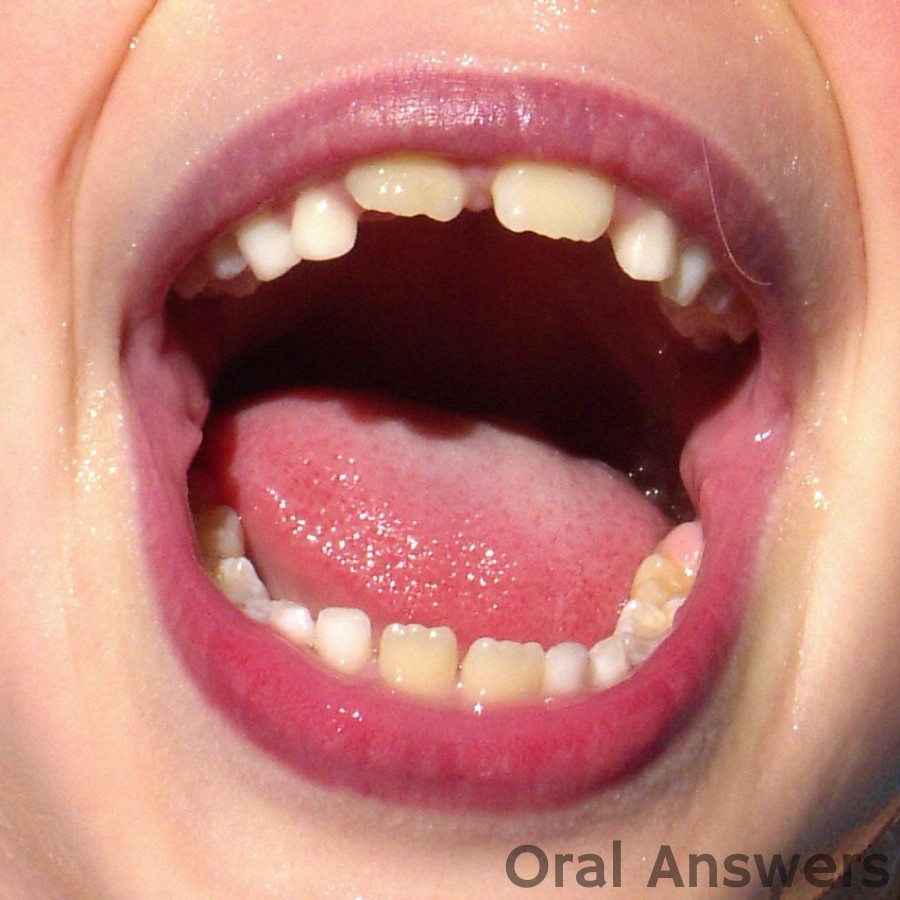
Top 96+ Wallpaper Picture Of Teeth In Mouth Excellent
There's a picture on Pinterest depicting a child's skull with all deciduous teeth (baby teeth) still attached, and adult teeth showing in a quite developed stage underneath:. The picture is described as "A child's skull before losing baby teeth". The point of displaying the picture seems to be that it's expected to be scary or disgusting - repulsive to the audience.
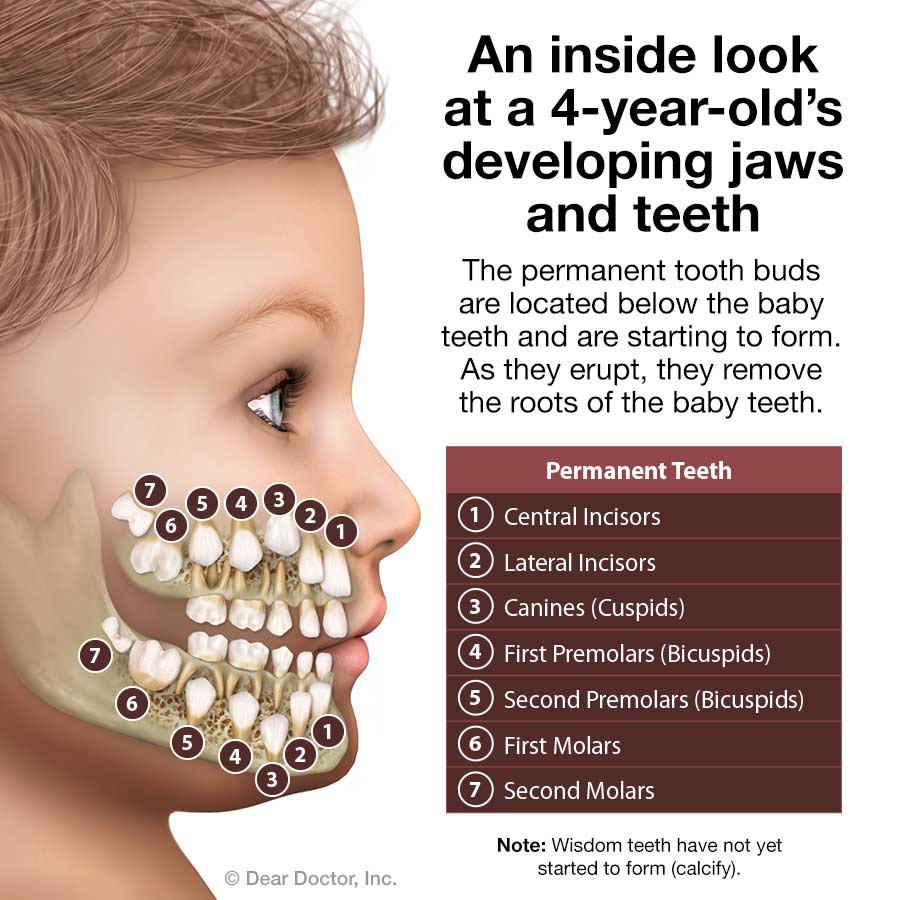
Early Dental Care Kelvin B. Smith, D.D.S., LLC Baltimore Maryland
Milk teeth emerge through a baby's gums during the first couple of years of life. By the time the infant is aged 2.5 to 3.0 years, all 20 of the milk teeth should have fully emerged. Milk teeth.
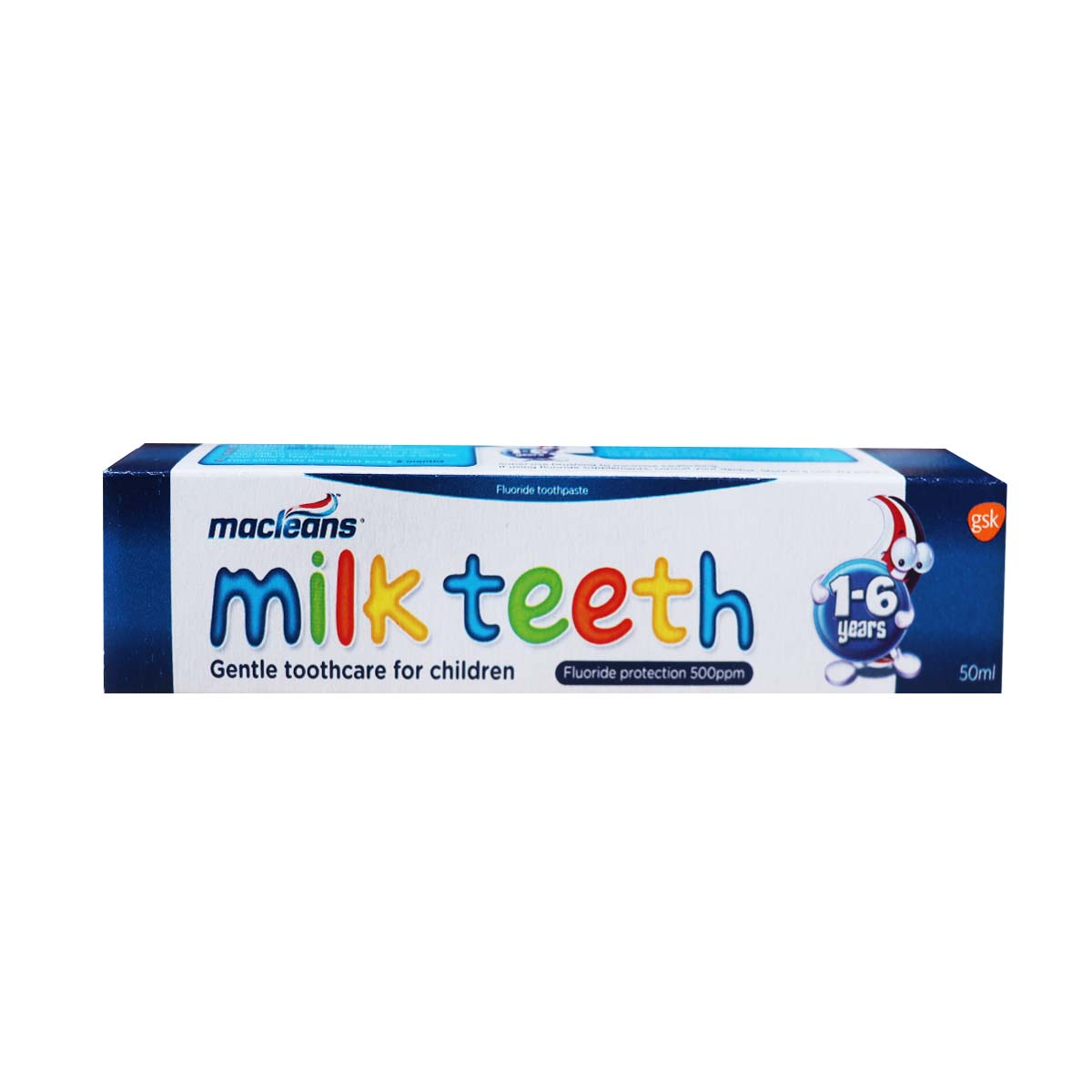
MACLEANS MILK TEETH KIDS TOOTHPASTE 16Yrs 50ml Abuja Food Delivery Mart
Adult deer have 32 total teeth; six incisors, two canines, 12 premolars, and 12 molars. Like many herbivores, deer do not have upper front teeth. Instead, they have a fleshy plate called a dental pad. Several species of deer, including the Chinese water deer, muntjac, and tufted deer, have evolved fanglike canine teeth instead of antlers.

Eruption of Your Child’s Teeth Desert Dental Spa
In Skeptics.SE, a question regarding the skulls of children arose. Depicting a scary skull where the permenent teeth are "hidden" inside the jaws and the milk teeth are in the their place. After all milk teeth fall out, and the permanent teeth "rise", do the holes left by them filled up, or do we go around with holes in our jaws?
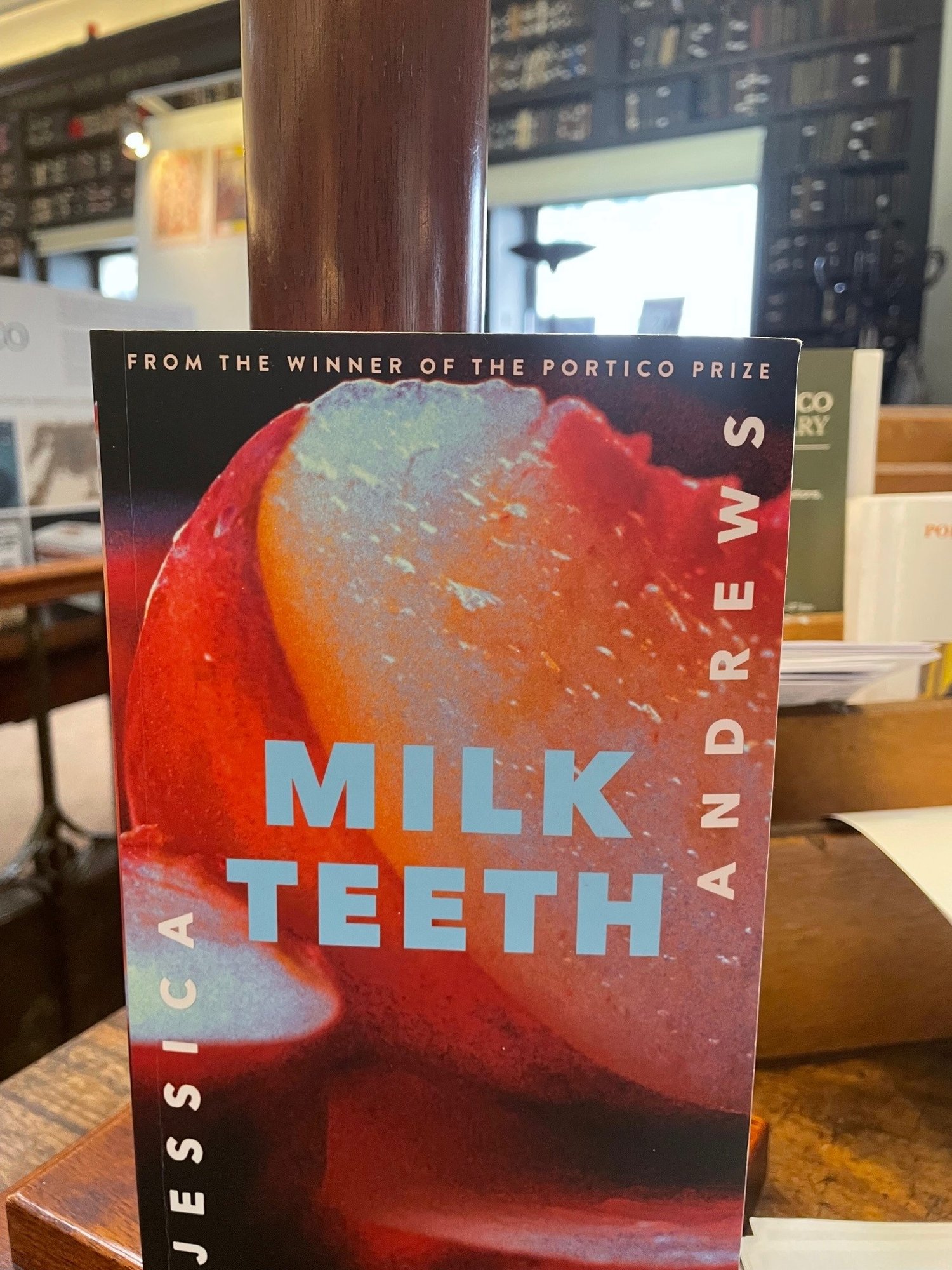
Milk Teeth — The Portico Library
Skull_Skeleton_Lab3.doc 09/15/09 page 12 of 48 Numbers of Teeth. Placental mammals usually have a maximum of four postcanine teeth in their milk dentition and seven postcanine teeth in the adult dentition. The four cheekteeth present both in the milk (deciduous) dentition and in the adult dentition are defined as the premolars.
Why Do Milk Teeth Matter?
The actual year in which they lose them is not as important as the pattern: Age 6: Lower and upper central incisors. Age 7: Lower and upper lateral incisors. Age 10: Lower canines and upper first molars. Age 11: Lower first molars. Age 12: Upper and lower second molars and upper canines. My child's teeth are coming in behind their milk teeth.

Dental XRays The Whole Tooth Pediatric Dental Blog
The first the milk teeth are replaced by the permanent teeth. Diagram 11.5 - Structure of a tooth. Types Of Teeth. All the teeth of fish and reptiles are similar but mammals usually have four different types of teeth.. Diagram 11.6 - A sheep's skull. The dental formula for a dog is: 3.1.4.2 3.1.4.3.

1000+ images about Curiosities,Oddities,Vintage Medical & Etc on Pinterest of
Sitting on the ledge were 28 fragments of skull and six teeth.. Two of the teeth were milk teeth and four were adult. The adult teeth weren't worn, suggesting they had only recently emerged.
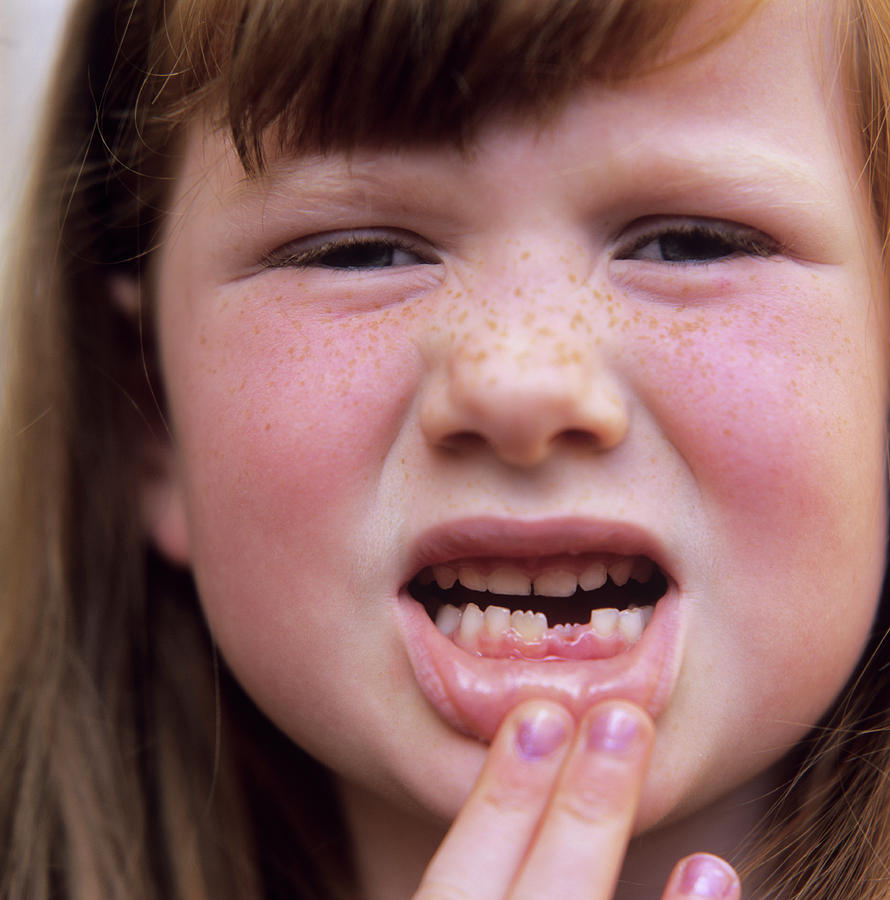
Loss Of Milk Teeth Photograph by Mark Thomas/science Photo Library Fine Art America
Milk teeth are also known as deciduous teeth or temporary teeth or baby teeth. We all have milk teeth when we grow up. They are the first set of teeth that come out. When a baby is born, it is born without any teeth, since the skull and the jaws of the infant are not yet developed. As the infant grows, the skull and jaw begins to develop.

milk teeth by goatguts on DeviantArt
This 3D animation shows the skull of the Dikika child.. A seldom recognised fact about humans and other primates is that our milk (baby) teeth and first molars are marked with a line formed at.

Milk Teeth Lizella Prescott
Deciduous teeth or primary teeth, also informally known as baby teeth, milk teeth, or temporary teeth, are the first set of teeth in the growth and development of humans and other diphyodonts, which include most mammals but not elephants, kangaroos, or manatees, which are polyphyodonts.Deciduous teeth develop during the embryonic stage of development and erupt (break through the gums and.

Xray of a child's skull, showing milk teeth Stock Image P120/0253 Science Photo Library
Learn about teeth with this Year 4 Bitesize Science guide.. Aged around six months, our milk teeth develop. These start to fall out around five years old.. The skull of a cow. Image caption,
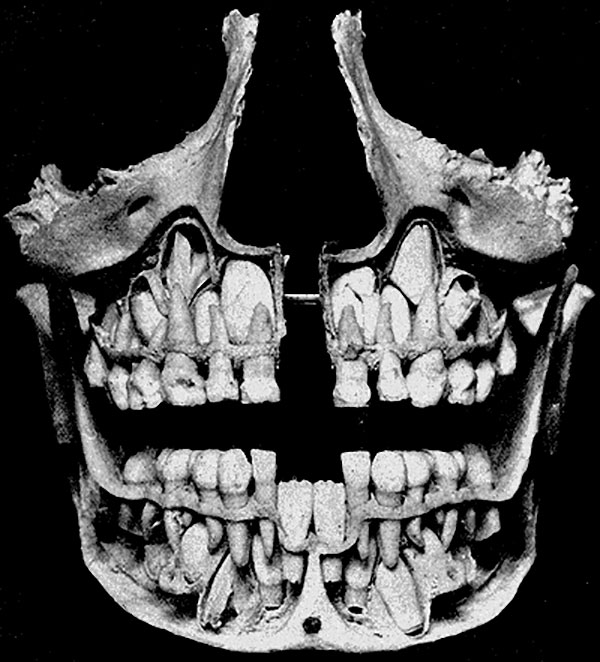
Teeth Lozier Institute
The skull is the skeletal structure of the head that supports the face and protects the brain. It is subdivided into the facial bones and the cranium, or cranial vault (Figure 7.3.1).The facial bones underlie the facial structures, form the nasal cavity, enclose the eyeballs, and support the teeth of the upper and lower jaws.

The Appearance of Milk Teeth
Caption. X-ray of child's skull showing development of milk (deciduous) teeth. The milk teeth are progressively lost in preparation for the appearance of adult teeth, & consist of 20 teeth, made up of incisors, canines & molars only. Between the ages of 6 & 12 years both adult & milk teeth are present (ie a mixed dentition).
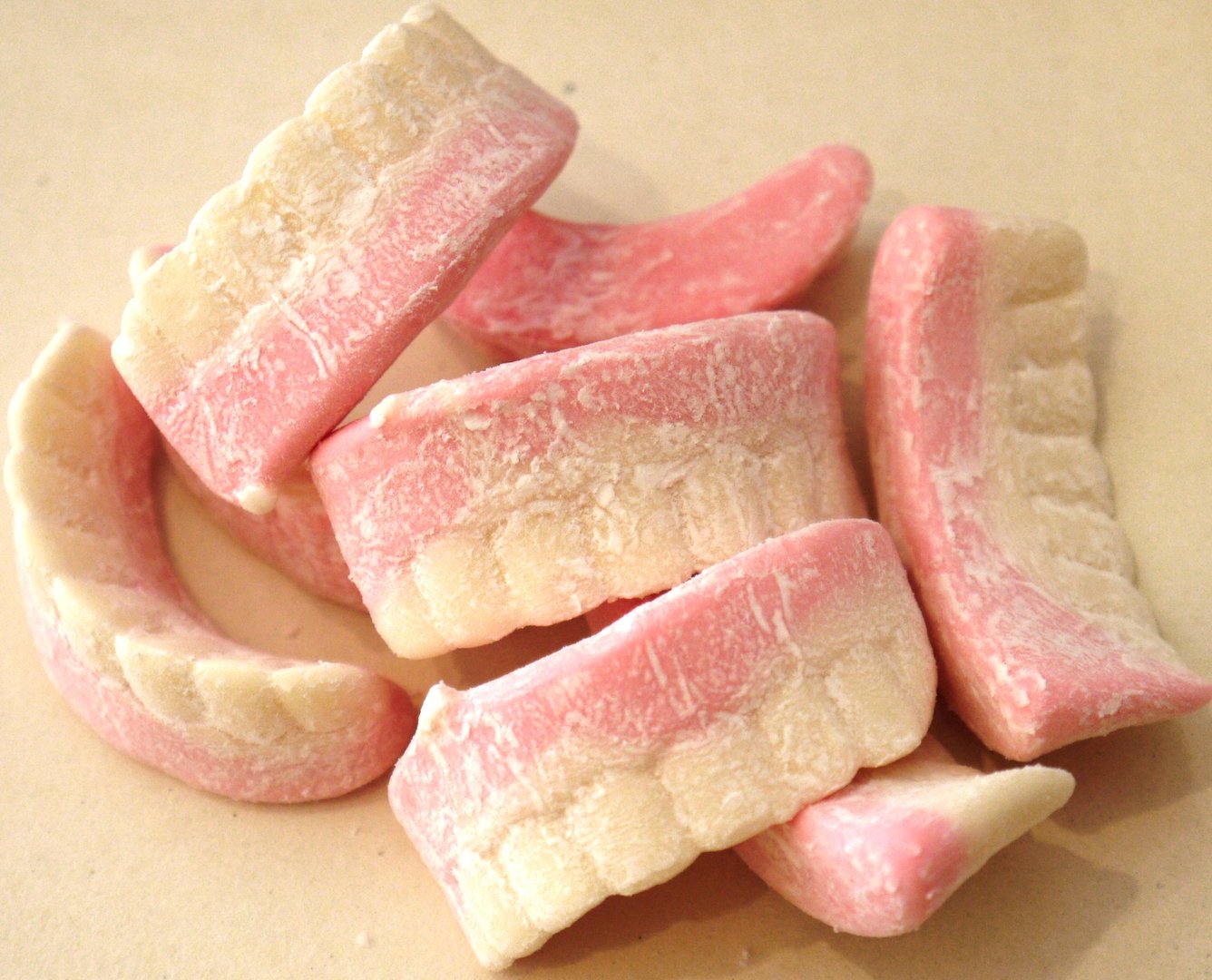
Milk Teeth Sweet Treats
The jaw and skull of a child are very small, so they need bigger and stronger teeth to chew properly and have a proportional face shape once they grow up.. Milk teeth will erupt between 5 months and 12 months and continue to do so until around 3 years old. The milk teeth then begin to fall out between 3 and 6 years old in most cases, with.